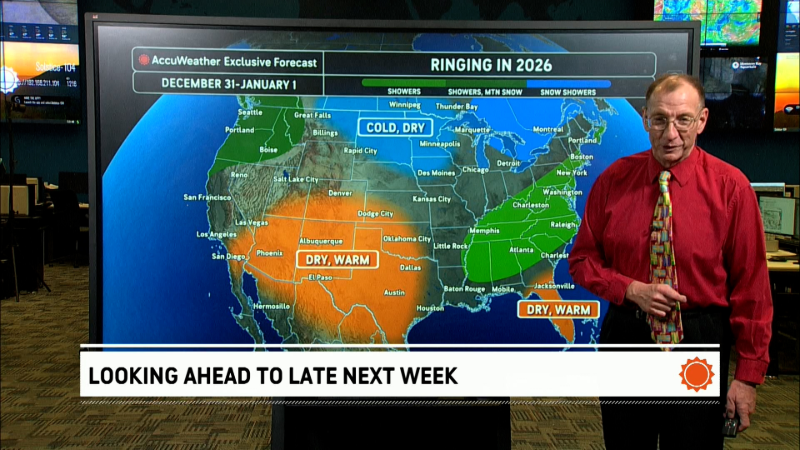The dangers of frostbite: How to prevent, spot and treat it
Frostbite and hypothermia are both caused by exposure to cold weather. What are the symptoms, and how do you stay safe?
When temperatures plummet and frigid conditions ensue, frostbite becomes a serious threat.
Frostbite is when a specific part of the body becomes frozen.
"The circulation becomes impaired and the water in your tissue freezes leading to tissue destruction," said Peter Shearer, M.D., medical director of Emergency Medicine at the Mt. Sinai School of Medicine.
In below-freezing temperatures, ice crystals can form in veins, blocking the flow of blood. This happens most often in fingers, the nose, ears, cheeks and/or chin, according to the Centers for Disease Control and Prevention (CDC).
Frostbite can permanently damage the body and, in extreme cases, lead to amputation.

A woman braves temperatures in the teens as she makes her way to the National Museum of African American History and Culture on the National Mall, Thursday, Dec. 28, 2017, in Washington. (AP Photo/Andrew Harnik)
People are most susceptible to frostbite if they suffer from pre-existing conditions that cause poor blood circulation.
Those who do not dress appropriately for cold weather are also at risk. In addition, anyone under the influence of alcohol or drugs that may not be aware of their level of exposure are at a greater risk, Shearer said.
At the first sign of redness to the skin or pain, seek indoor shelter. Frostbite could be occurring.
Signs of frostbite:
-
Skin turns white or grey-ish yellow
-
Waxy or firm-feeling skin
-
Numbness
It usually takes someone else to point out frostbite, as the affected person will not feel it.
If frostbite is occurring, take these steps:
-
Find warm shelter as soon as possible
-
Do not walk on frostbitten feet or toes as it increases damage
-
Do not rub or massage the affected area
-
Immerse the affected area in warm water, or warm the area using body heat
-
Don't use a heating pad, fireplace or radiator to warm the area as a numb area can easily be burned
-
Place sterile gauze between any frostbitten toes or fingers
-
Seek medical care
It is important to make sure the affected person is not suffering from hypothermia, which is a more serious condition and requires immediate medical attention.
Frostbite can be prevented by taking proper precautions and dressing appropriately for cold conditions.
How to avoid frostbite:
-
Avoid being in the cold for extended periods of time
-
Be aware of the wind chill
-
Wear appropriate layers
-
Drink warm fluids, but avoid caffeine and alcohol
-
Stay active to maintain body heat
-
Take frequent breaks from the cold
<hr>
For more safety and preparedness tips, visit AccuWeather.com/Ready.













